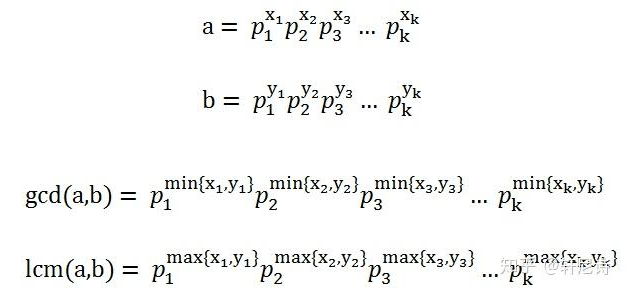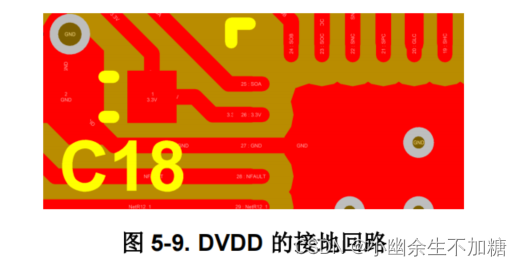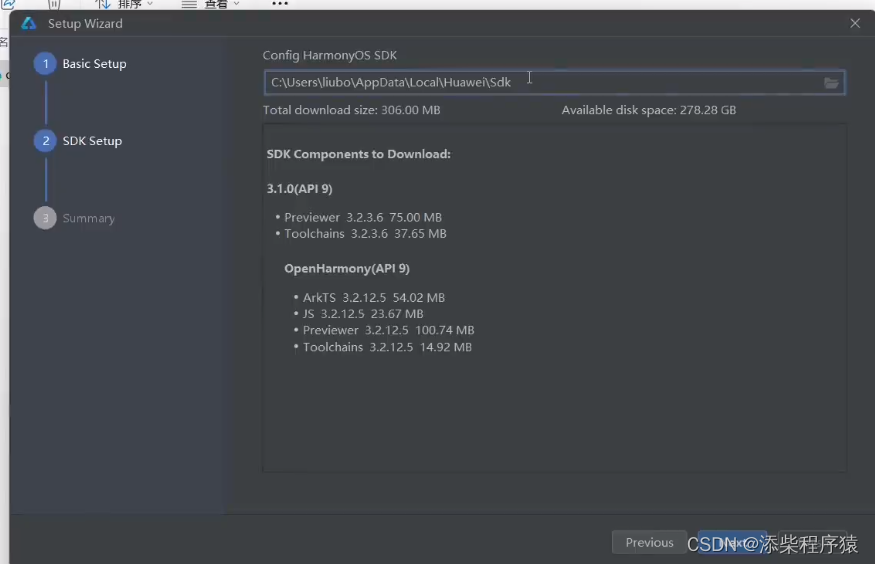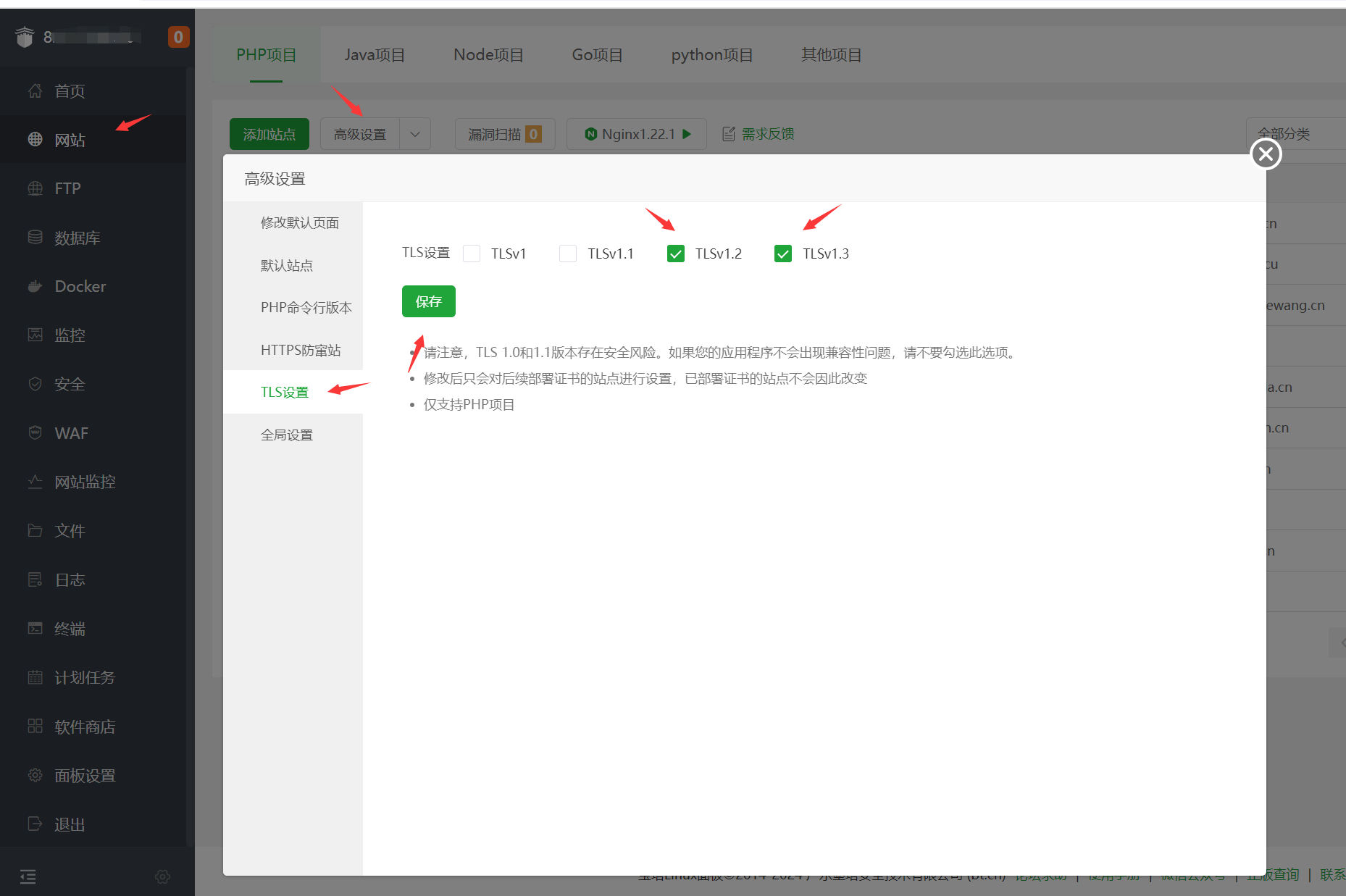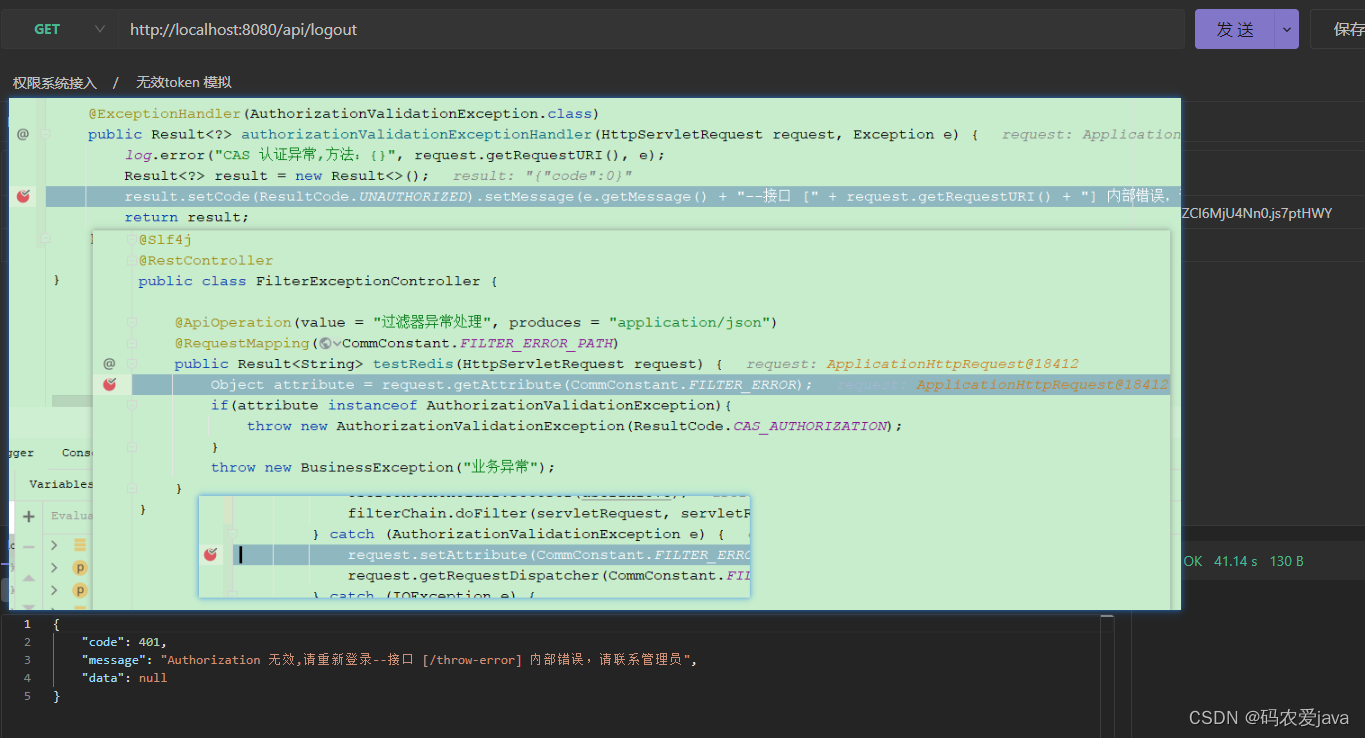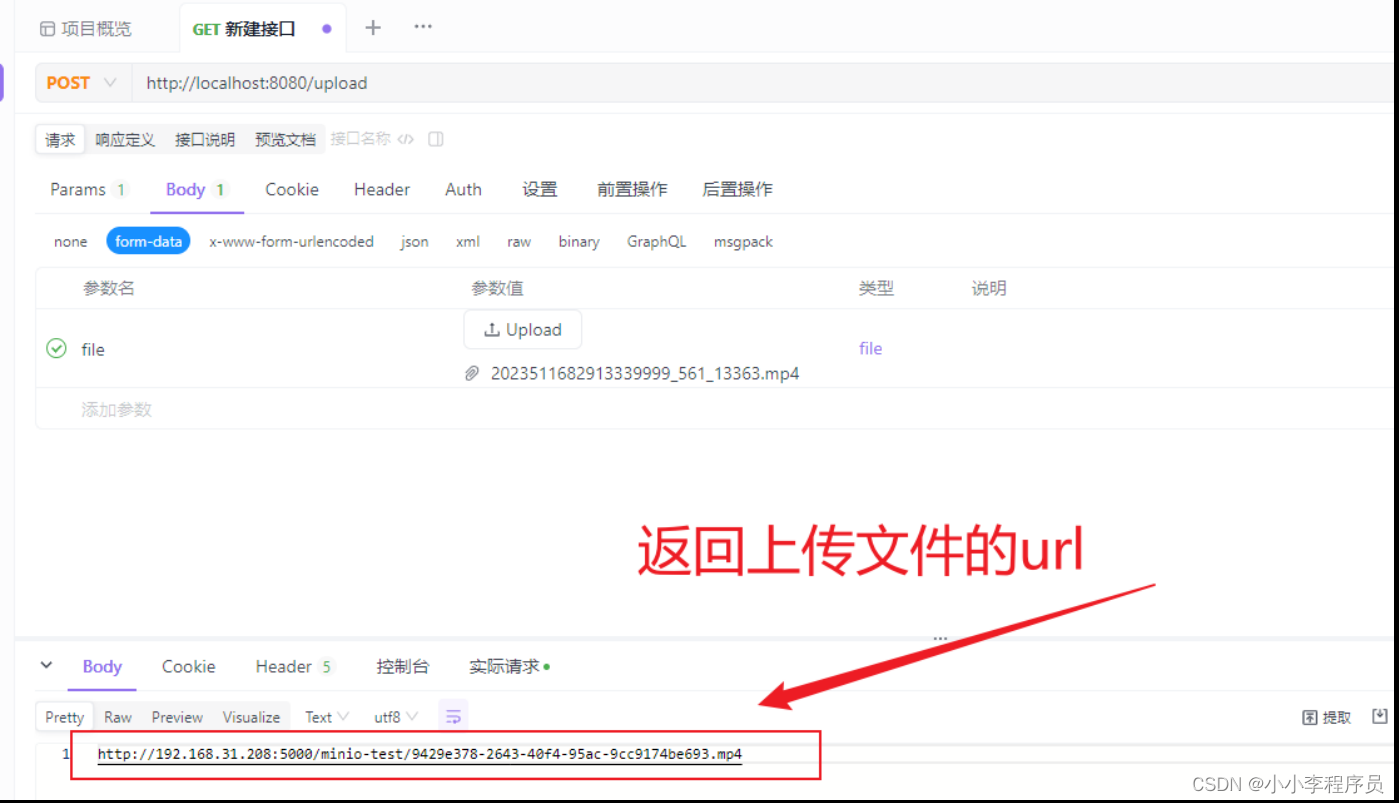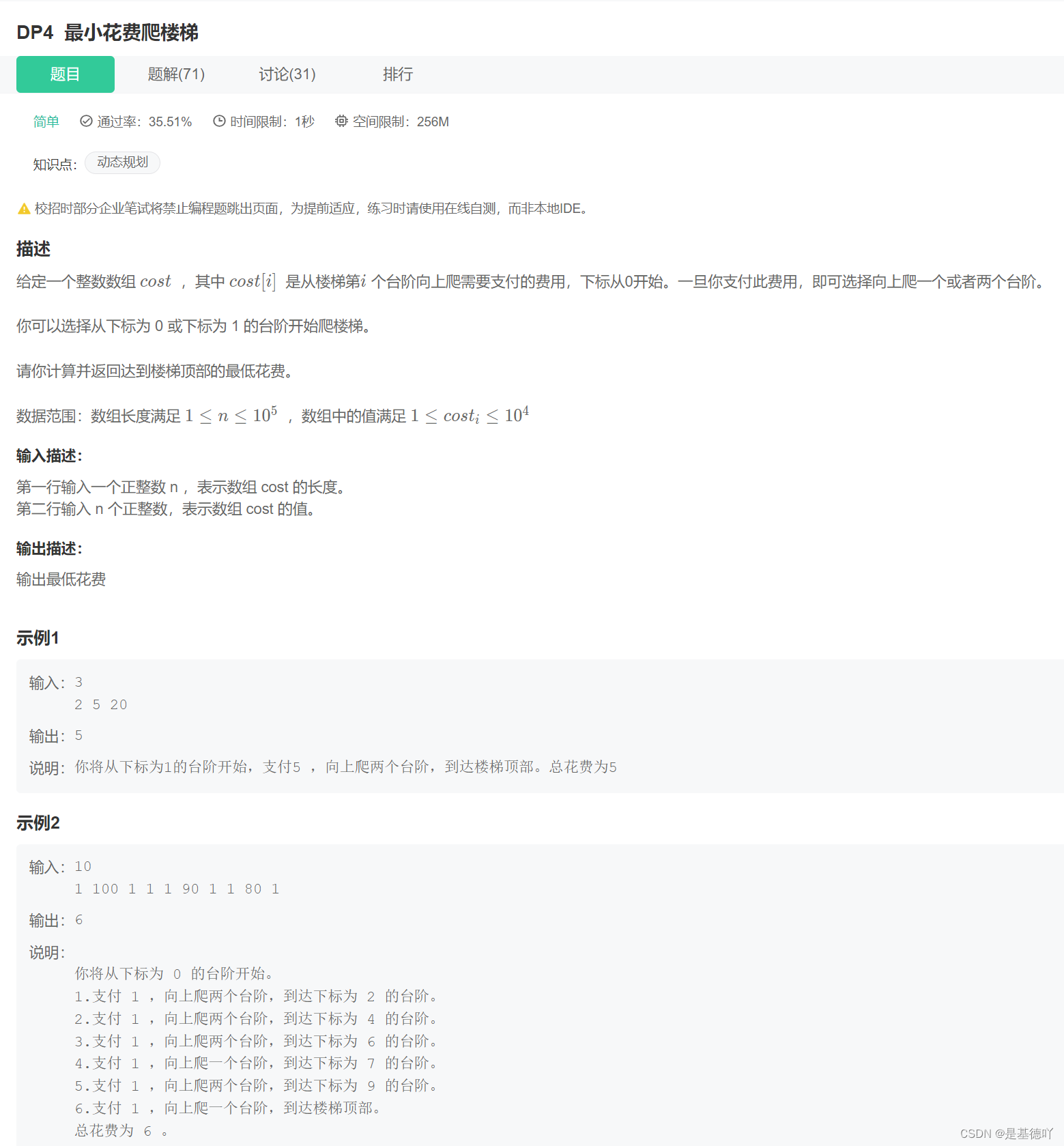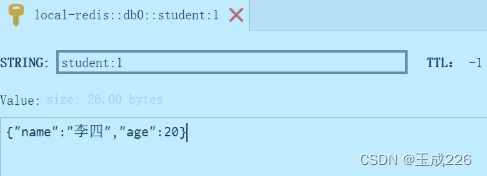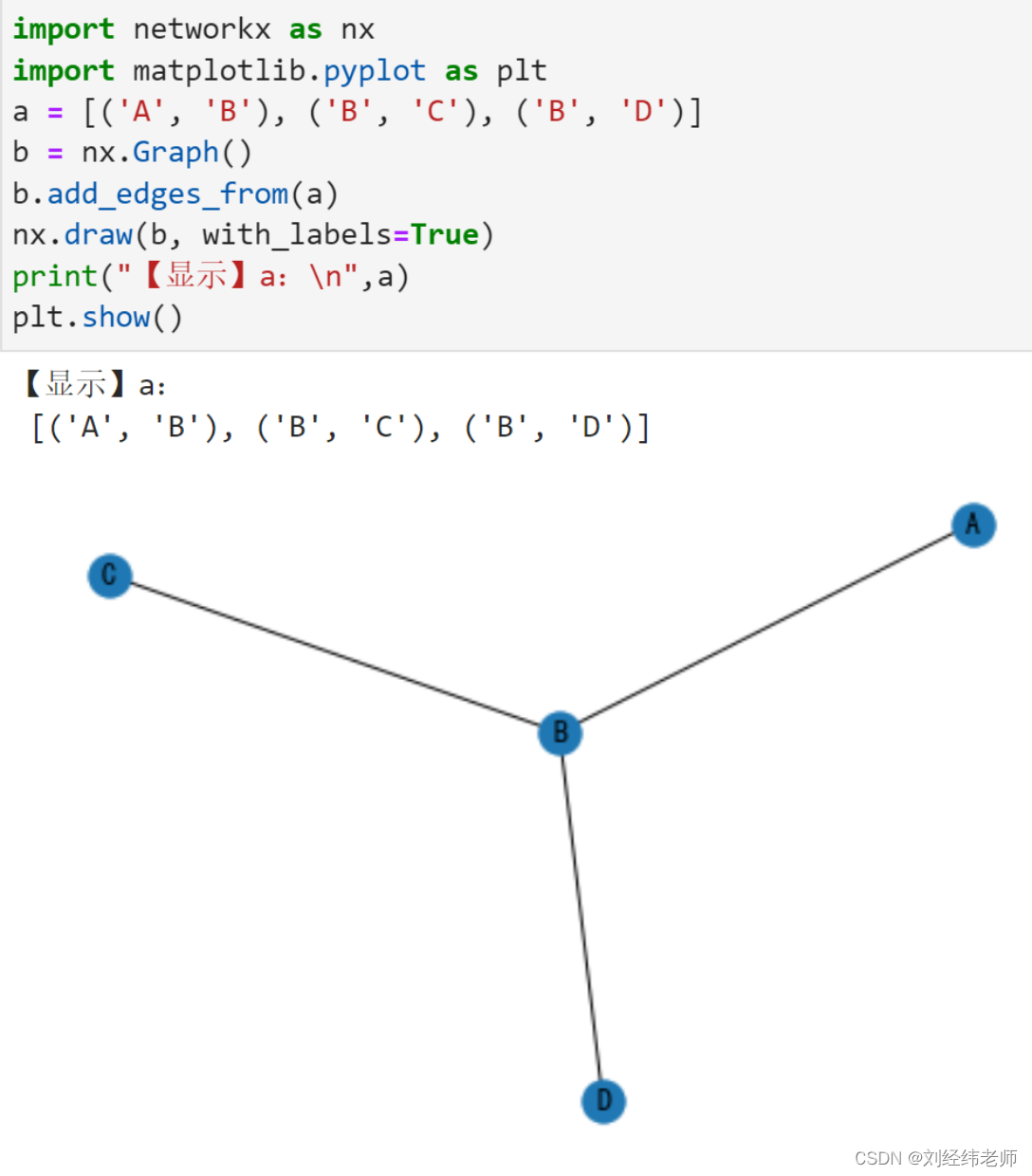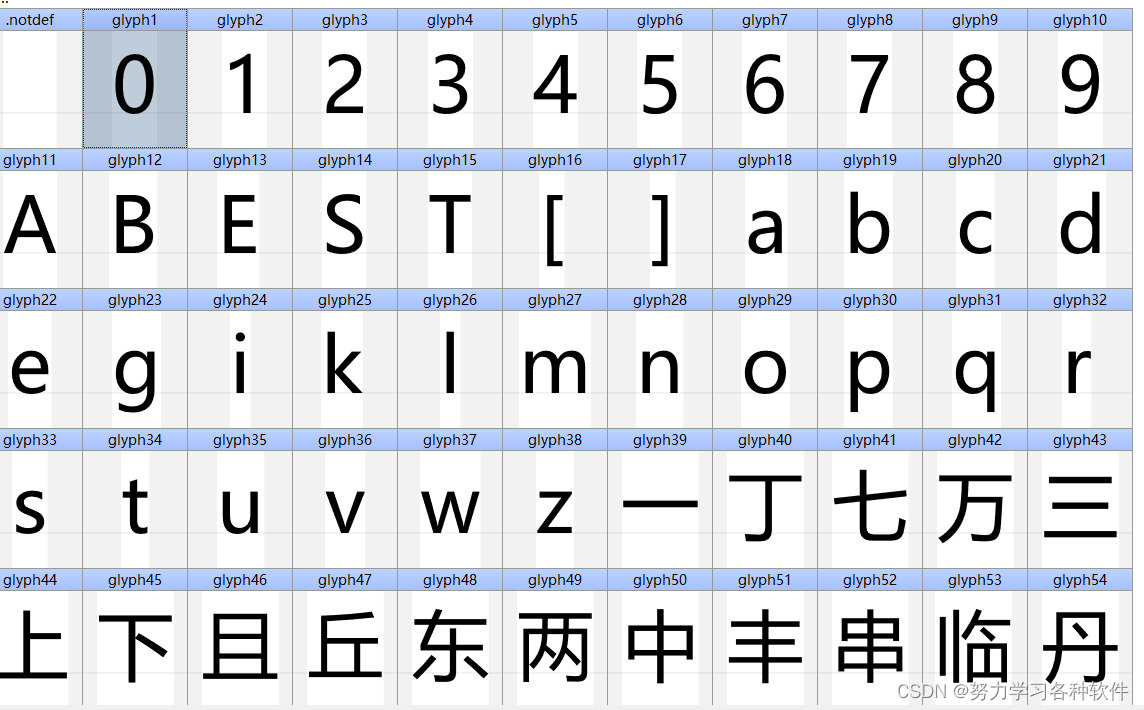文章目录
- [924. 尽量减少恶意软件的传播](https://leetcode.cn/problems/minimize-malware-spread/)
- 方法一,并查集
- 方法二,dfs
- [GCD and LCM ](https://vjudge.net.cn/problem/HDU-4497#author=KING_LRL)
924. 尽量减少恶意软件的传播
如果移除一个感染节点可以避免连通图内节点的感染,那么该节点可能是最终的答案
我们要找避免连通图内节点感染的最大值,也就是求最大的含感染节点的连通图(连通图内只能有一个感染节点)
方法一,并查集
首先我们构建连通图,并统计连通图内的节点个数
然后求最大的含感染节点的连通图
看到连通图,就想到并查集
class Solution {
int n;
int[] p;
int[] size; // 记录集合内的元素个数
public int find(int i) {
if (i != p[i]) {
p[i] = find(p[i]);
}
return p[i];
}
public void union(int a, int b) {
int aFather = find(a);
int bFather = find(b);
if (aFather != bFather) {
p[bFather] = aFather;
size[aFather] += size[bFather];
}
}
public int minMalwareSpread(int[][] graph, int[] initial) {
n = graph.length;
p = new int[n];
size = new int[n];
for (int i = 0; i < n; ++i) {
p[i] = i;
size[i] = 1;
}
for (int i = 0; i < n; ++i) {
for (int j = 0; j < n; ++j) {
if (graph[i][j] == 1) {
union(i, j);
}
}
}
Arrays.sort(initial);
// 维护感染节点所在的集合
Map<Integer, ArrayList<Integer>> map = new HashMap<>(); // key:感染节点的代表节点,value:代表节点所在集合的感染情况(哪些节点已经感染了)
for (int x : initial) {
int xFather = find(x);
if (!map.containsKey(xFather)) {
map.put(xFather, new ArrayList<>());
}
ArrayList<Integer> list = map.get(xFather);
list.add(x);
}
int cnt = 0; // 避免感染节点的最大值
int ans = n; // 要移除的索引
for (Integer key : map.keySet()) {
ArrayList<Integer> value = map.get(key);
if (value.size() > 1) {
// 如果集合内的感染节点数超过1,那么移除任意哪个节点,都不能避免该集合内节点感染
continue;
}
// value.size()肯定为1
int t = value.get(0); // value中索引最小的感染节点
int tFather = find(t);
if (size[tFather] > cnt) {
cnt = size[tFather];
ans = t;
} else if (size[tFather] == cnt && t < ans) {
// 索引更小
ans = t;
}
}
// ans = n,表示没有找到最大的含感染节点的连通图,也就是说移除任何一个感染节点,最终的感染节点数是一样的
return ans == n ? initial[0] : ans;
}
}
方法二,dfs
求最大的连通块,dfs当然也能做
需要注意的是我们要求的连通块是只含有一个感染节点的连通块。
那么如何标记我们搜索的连通块是想要的连通块呢?
可以通过设置节点状态来判断,
一个感染节点也没找到,状态为-1
找到了第一个感染节点,状态为x (感染节点的编号)
又找到了感染节点,状态为-2
所以在搜索完一个连通块后,判断状态是否大于等于0,只有大于等于0的连通块才是我们想要的连通块。
class Solution {
int n;
boolean[] vis;
boolean[] isInitial; // 判断是否是感染节点
int nodeState = -1; // -1标识初始状态,x(大于等于0)找到一个感染节点,-2找到两个感染节点
int size; // 计算连通块内的节点个数
public void dfs(int x, int[][] graph) {
vis[x] = true;
size++;
if (isInitial[x]) {
// x是感染节点
if (nodeState == -1) {
// 找到了第一个感染节点
nodeState = x;
} else {
nodeState = -2;
}
}
for (int y = 0; y < graph[x].length; ++y) {
if (vis[y]) continue;
if (graph[x][y] == 1) {
dfs(y, graph);
}
}
}
public int minMalwareSpread(int[][] graph, int[] initial) {
n = graph.length;
vis = new boolean[n];
isInitial = new boolean[n];
for (int i : initial) {
isInitial[i] = true;
}
int maxSize = 0;
int ans = n;
Arrays.sort(initial);
for (int i : initial) {
if (vis[i]) continue;
nodeState = -1;
size = 0;
dfs(i, graph);
if (nodeState >= 0) {
if (size > maxSize) {
maxSize = size;
ans = i;
} else if (size == maxSize && i < ans) {
ans = i;
}
}
}
return ans == n ? initial[0] : ans;
}
}
GCD and LCM
最大公因数、最小公倍数的性质:
假设gcd(x, y) = G,lcm(x, y) = L
1. L % G == 0
2. L / G = (x / G) * (y / G)
3. gcd(kx, ky) = k gcd(x, y) = kG,所以gcd(x/G, y/G) = 1
lcm(x/G, y/G) = L/G
4. 两个互素的数的最小公倍数等于两者乘积
5. gcd(x, y) * lcm(x, y) = x y
对于此题x, y, z,假设gcd(x, y, z) = G, lcm(x, y, z) = L
我们令x’ = x/ G, y’= y/G, z’ = z /G,所以gcd(x’, y’, z’) = 1, lcm(x’, y’, z’) = L / G
所以我们将原问题转化为,(x,y,z)的最大公约数为1,最小公倍数为L/G的个数
令L’ = L / G
我们对L‘ 进行素因子分解,可得
L
′
=
x
1
p
1
x
2
p
2
.
.
.
x
m
p
m
,其中
x
1
,
x
2
,
.
.
.
,
x
m
都是素数
L'=x_1^{p_1}x_2^{p_2}... x_m^{p_m},其中x_1,x_2, ..., x_m都是素数
L′=x1p1x2p2...xmpm,其中x1,x2,...,xm都是素数,这里默认使用了一个结论(任何数都可以分解为若干个素数的乘积),然后对x’,y‘,z’分解可得:
x
′
=
x
1
a
1
x
2
a
2
.
.
.
x
m
a
m
x'=x_1^{a_1}x_2^{a_2}... x_m^{a_m}
x′=x1a1x2a2...xmam
y
′
=
x
1
b
1
x
2
b
2
.
.
.
x
m
b
m
y'=x_1^{b_1}x_2^{b_2}... x_m^{b_m}
y′=x1b1x2b2...xmbm
z
′
=
x
1
c
1
x
2
c
2
.
.
.
x
m
c
m
z'=x_1^{c_1}x_2^{c_2}... x_m^{c_m}
z′=x1c1x2c2...xmcm
先看分解式的第一项
x
1
?
1
x_1^{?_1}
x1?1
由于gcd(x’, y’, z’) = 1,所以
a
1
,
b
1
,
c
1
a_1, b_1,c_1
a1,b1,c1中至少有一个是0,(假设
a
1
,
b
1
,
c
1
a_1, b_1,c_1
a1,b1,c1都不为0,那么最大公约数肯定不为1,因为他们都有
x
1
x_1
x1这个因子)
a
1
,
b
1
,
c
1
a_1, b_1,c_1
a1,b1,c1中至少有一个是
p
1
p_1
p1(因为他们的最小公倍数是L‘,如果
a
1
,
b
1
,
c
1
a_1, b_1,c_1
a1,b1,c1都不是
p
1
p_1
p1,那么他们的乘积也就是公倍数(不是最小公倍数,因为xyz不一定互质)的分解不存在
x
1
p
1
x_1^{p_1}
x1p1这一项)
所以
a
1
,
b
1
,
c
1
a_1, b_1,c_1
a1,b1,c1至少一个是0,至少一个是
p
1
p_1
p1 ,情况如下:
- 1个0, 2个p1, (0, p1, p1) , (p1, 0, p1), (p1, p1, 0) ,3种
- 2个0 , 1个p1,(0, 0, p1), (p1, 0, 0), (0, p1, 0), 3种
- 1个0, 1个p1,1~p1-1,(0, p1, 1~p1-1), … A 3 2 ( p 1 − 1 ) = 6 ( p 1 − 1 ) A^2_3(p_1 - 1) = 6(p_1-1) A32(p1−1)=6(p1−1)
所以总共有
6
p
1
种情况
6p_1种情况
6p1种情况,这是第一项的情况数,还有第二项,第三项…
根据乘法定理,总情况数=
6
p
1
∗
6
p
2
.
.
.
∗
6
p
m
6p_1*6p_2...*6p_m
6p1∗6p2...∗6pm
#include<iostream>
#include<cstdio>
#include<cmath>
#include<cstring>
#include<algorithm>
using namespace std;
int main() {
int t;
scanf("%d", &t);
while (t--) {
int g, l;
scanf("%d%d", &g, &l);
if (l % g != 0) {
printf("0\n");
continue;
}
l = l / g;
int x = 2; // 对l进行分解, l = 2^p1 + 3^p2 + ..
int ans = 1;
while (l > 1) {
int cnt = 0; // 计算p1, p2..
while (l % x == 0) {
l = l / x;
cnt++;
}
if (cnt > 0) {
ans *= 6 * cnt;
}
x++;
}
printf("%d\n", ans);
}
return 0;
}
